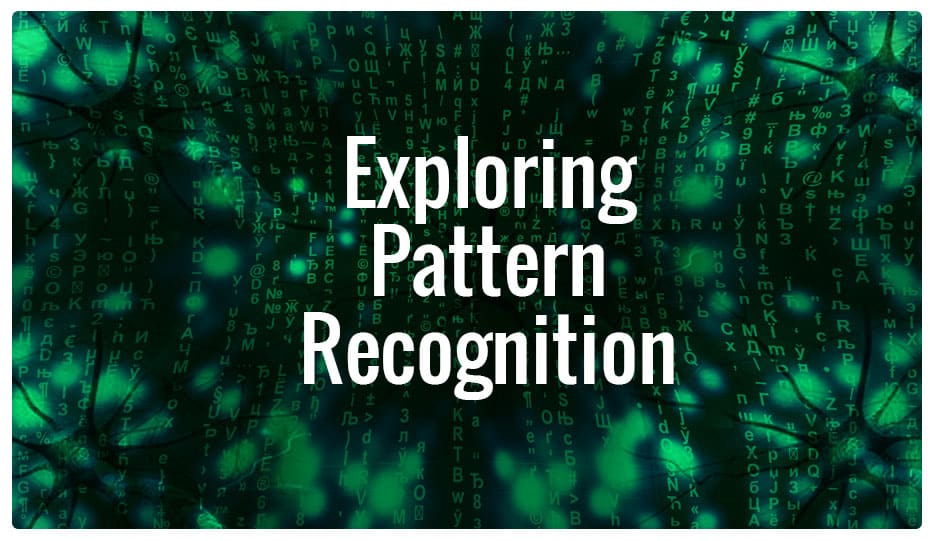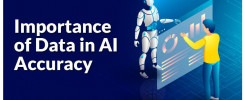How does AI/ML make use of patterns?
Patterns are the micro building blocks of machine learning. Patterns are flexible entities that can describe almost everything for a self-learning system. A pattern is a sequence of data that can take on different meanings for different contexts. A pattern can be a recurring structure over time, or it can be repeating image characteristics that can form an independent object of image analysis. Or it can be frequent combinations for words or phrases for Natural Language Processing. Patterns are also used in network monitoring where they are treated as clusters of consistent, recurrent behaviours. Patterns can be physically tangible or abstract, in which case they are exposed by using mathematical or logical algorithms. And that in essence forms the base of the pattern recognition industry: exposing and exploiting patterns in raw data for gaining new perspective and meaning of the data at hand.
The major hurdle for a machine learning is not making sense of patterns but uncovering them in the first place. Pattern recognition then becomes a process of assigning labels to data fed to the system as training sets. In this way, the algorithm classifies the data into discrete objects so that it understands the preliminary set of patterns it needs to recognise.
Besides classification, another important task for the algorithm is learning, whereby the intelligent system refines its ‘knowledge’ over and over again until it provides a result of a sufficient quality. The quality of learning is going to be the bedrock of your machine Learning performance, so we would advise patience and efforts while your system learns so that it yields efficient results on your live data later.
Which leads us to our next point: your system can discern patterns and objects, but how can you tell whether its performance is at par?
Characteristics of An Optimal Pattern Recognition System
The following short list describes the characteristic of a fairly optimal Pattern Recognition system:
- Your PR system should spend lesser and lesser time on pre-recognised objects.
- The system must be able to identify unfamiliar objects which the training data set could not wholly represent.
- Pattern recognition is often used to get customisable results. To that end, a good PR system should support different views and angles and rotations.
- Your PR system should be able to identify partial, hidden, and unclear objects. In real, live projects, the chances of having cut and dry data for the system is rare. It is imperative that your intelligence can find out quality data points from among a whole lot of clutter.
At Claim Genius, we are stringent about maintaining all of the above characteristics. Dialing down on the last point above, we have devised a tool that maximizes the efficacy of pattern recognition. Our bespoke tool makes business easier for recyclers and those looking to evaluate the state of their damaged vehicles.
Recyclers today depend a lot on physical inspection of vehicles. They rely on manual efforts determine whether to rebuild total loss vehicles or use them for parts. The process can be highly manual, expensive, and time consuming, and can limit the participation of remote buyers.
Recyclers can transform their bidding process with Claim Genius’s new GeniusRECYCLE platform, a component of our AI-based Salvage & Lease Package. It helps recyclers in the assessment of vehicles and parts, allowing firms to greatly increase process efficiency and accessibility. Connect with us today and learn more about our AI/ML products.


